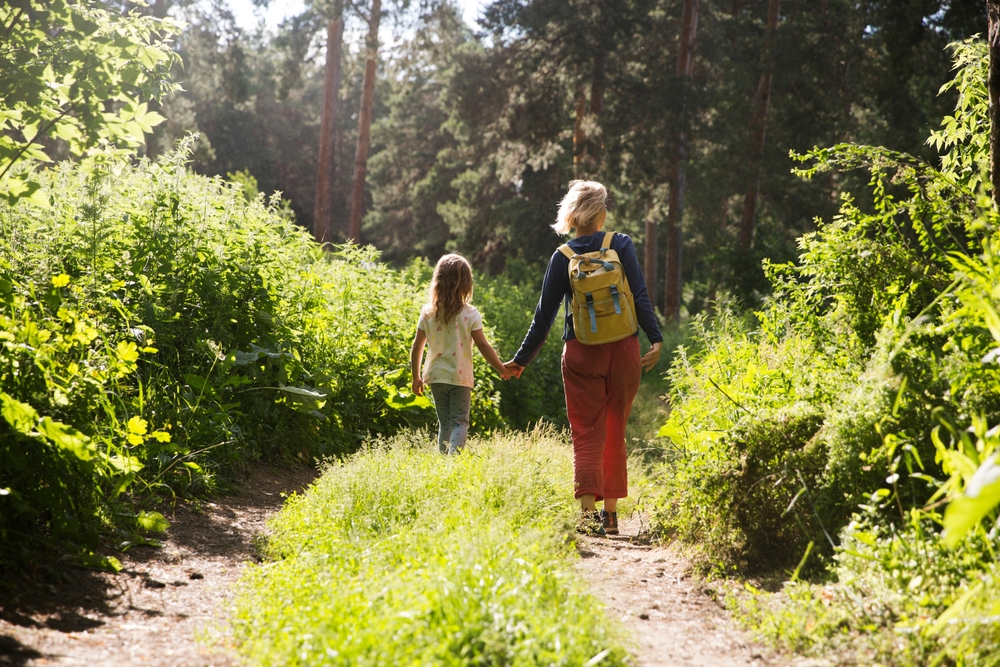An Intriguing Look at the Rise of Dark Tourism
The world of travel and transportation is a vast and varied one. There are countless ways to explore, ranging from the traditional to the extraordinary. One such travel trend that has been gaining momentum in recent years is dark tourism. This refers to travel to places historically associated with death, tragedy, or disaster. While it may seem unconventional or even macabre to some, this trend offers a unique perspective on the world and our shared human history.
Grasping the Roots of Dark Tourism
Dark tourism, also known as grief tourism or thanatourism, has its roots in the human fascination with mortality and the macabre. This interest dates back centuries, with pilgrimages to sites of religious martyrdom and public executions attracting large crowds. However, it was not until the 1990s that the term “dark tourism” was coined by Lennon and Foley, two researchers studying the phenomenon.
The rise of dark tourism can be attributed to several factors. The proliferation of media coverage for disasters, wars, and other tragic events has created a global awareness of these incidents. This has sparked an interest in visiting the sites where these events took place. Furthermore, as society becomes more secular, people are turning to dark tourism as a way to confront and understand death in a non-religious context.
Current Trends and Insights in Dark Tourism
Dark tourism has evolved to encompass a wide variety of destinations. These can range from sites of natural disasters, like Pompeii or Chernobyl, to locations associated with human atrocities, like Auschwitz or Ground Zero. There’s also an interest in places associated with death and the afterlife, such as cemeteries or haunted houses.
From an expert’s perspective, dark tourism serves several functions. It satisfies the human curiosity about the macabre, provides an educational experience, and allows for personal reflection on mortality and human nature. In a broader context, it also serves as a grim reminder of the consequences of certain actions, potentially deterring future horrors.
Advantages, Challenges, and Impact
Dark tourism, like any travel trend, has its advantages and challenges. On the positive side, it provides economic benefits to the local communities. It also brings attention to historical events, promoting education and awareness. Additionally, it offers a unique travel experience, vastly different from the typical beach vacation or city tour.
However, there are also challenges associated with dark tourism. There are ethical concerns over the exploitation of tragedy for profit. It’s also easy to cross the line from respectful remembrance to inappropriate voyeurism. Balancing the needs and interests of tourists with the respect and dignity of the sites and their associated victims can be a delicate task.
Practical Insights and Fascinating Facts
-
Not all dark tourism sites are associated with death or disaster. Some, like Alcatraz Island in San Francisco or the Tower of London, are renowned for their dark history but also offer other attractions.
-
The city of Salem, Massachusetts, USA, known for the infamous witch trials of the 1690s, is a popular dark tourism destination, particularly during Halloween.
-
Dark tourism doesn’t necessarily involve travel to far-off places. Many cities have local ghost tours or haunted houses that cater to this interest.
In summary, dark tourism is a unique and intriguing travel trend that offers a different perspective on the world. By visiting these sites, tourists are not only satisfying their curiosity but also gaining a deeper understanding of history and human nature. As with any form of travel, it’s essential to approach it with respect and sensitivity to the local communities and the tragic events associated with these sites.







